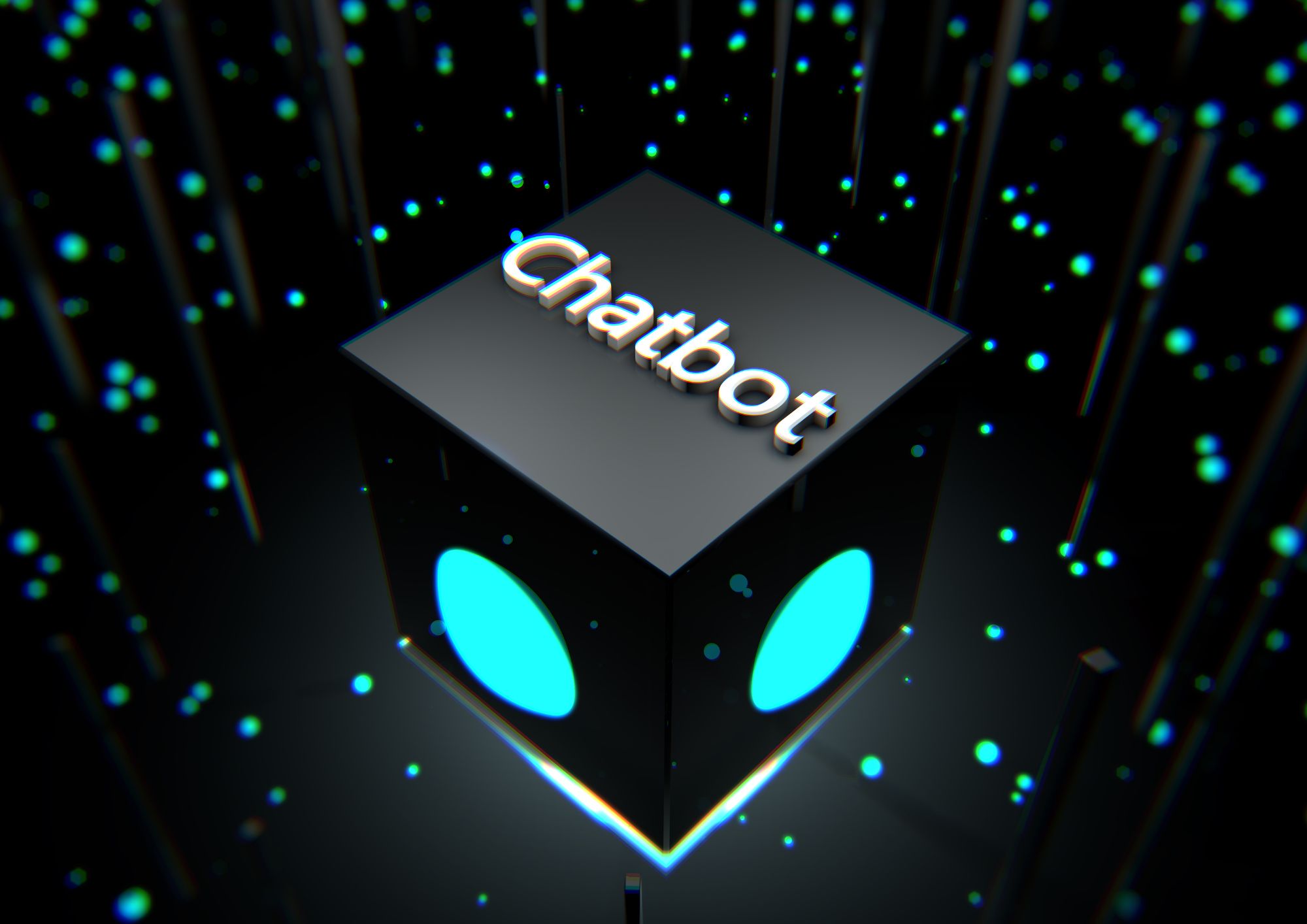In today’s fast-paced digital world, businesses are constantly looking for ways to improve customer experience (CX) and meet the ever-growing demands of their clients.
One of the most effective tools for achieving this goal is the integration of chatbots with Natural Language Processing (NLP) capabilities.
In this comprehensive guide, we will explore how chatbots with NLP are revolutionizing customer experience, providing personalized interactions, and optimizing support services.
Section 1: Understanding the Basics of Chatbots and NLP
What are Chatbots?
Chatbots are AI-powered conversational agents that interact with users through text or voice-based interfaces.
They are designed to simulate human-like conversation and assist in various tasks, such as answering queries, booking appointments, or providing product recommendations.
Examples of popular chatbots include Apple’s Siri, Amazon’s Alexa, and Google Assistant.
What is Natural Language Processing (NLP)?
Natural Language Processing is a subfield of AI that focuses on the interaction between computers and human language.
It enables machines to understand, interpret, and generate human-like text or speech.
By incorporating NLP into chatbots, businesses can create more natural and seamless customer interactions.
Section 2: The Impact of NLP-driven Chatbots on Customer Experience
Personalized Customer Experience
With NLP, chatbots can understand user intent and preferences, allowing for a more personalized customer experience.
For example, an e-commerce chatbot can analyze a user’s browsing history and recommend products tailored to their interests.
Improved Customer Support
NLP-driven customer support chatbots can handle a wide range of queries, reducing wait times and enhancing customer satisfaction.
For instance, a banking chatbot can quickly provide account balances or help users with transactions, leading to a more efficient support process.
24/7 Availability
Chatbots with NLP capabilities are available 24/7, ensuring that customers can receive assistance at any time. This constant availability boosts customer satisfaction and brand loyalty.
Section 3: Implementing Chatbots with NLP in Your Business
Choosing the Right Platform
Selecting a suitable chatbot platform is crucial to ensure seamless integration with your existing systems. Popular platforms include IBM Watson, Dialogflow, and Microsoft Bot Framework.
Developing and Training Your Chatbot
To build an NLP-driven chatbot, you need to train it using relevant data and conversational examples.
This process may involve input from subject matter experts and ongoing maintenance to ensure the chatbot remains accurate and up-to-date.
Measuring Chatbot Performance
Regularly monitoring your chatbot’s performance is essential for continuous improvement. Key performance indicators (KPIs) can include response time, user satisfaction, and query resolution rate.
Conclusion
Incorporating chatbots with NLP capabilities into your business strategy can significantly enhance customer experience by providing personalized interactions, improved support services, and round-the-clock availability.
By understanding the basics of chatbots and NLP, selecting the right platform, and investing in chatbot development and training, you can leverage the power of AI to transform your customer experience and stay ahead of the competition.
Thank you for reading our blog, we hope you found the information provided helpful and informative. We invite you to follow and share this blog with your colleagues and friends if you found it useful.
Share your thoughts and ideas in the comments below. To get in touch with us, please send an email to dataspaceconsulting@gmail.com or contactus@dataspacein.com.
You can also visit our website – DataspaceAI


